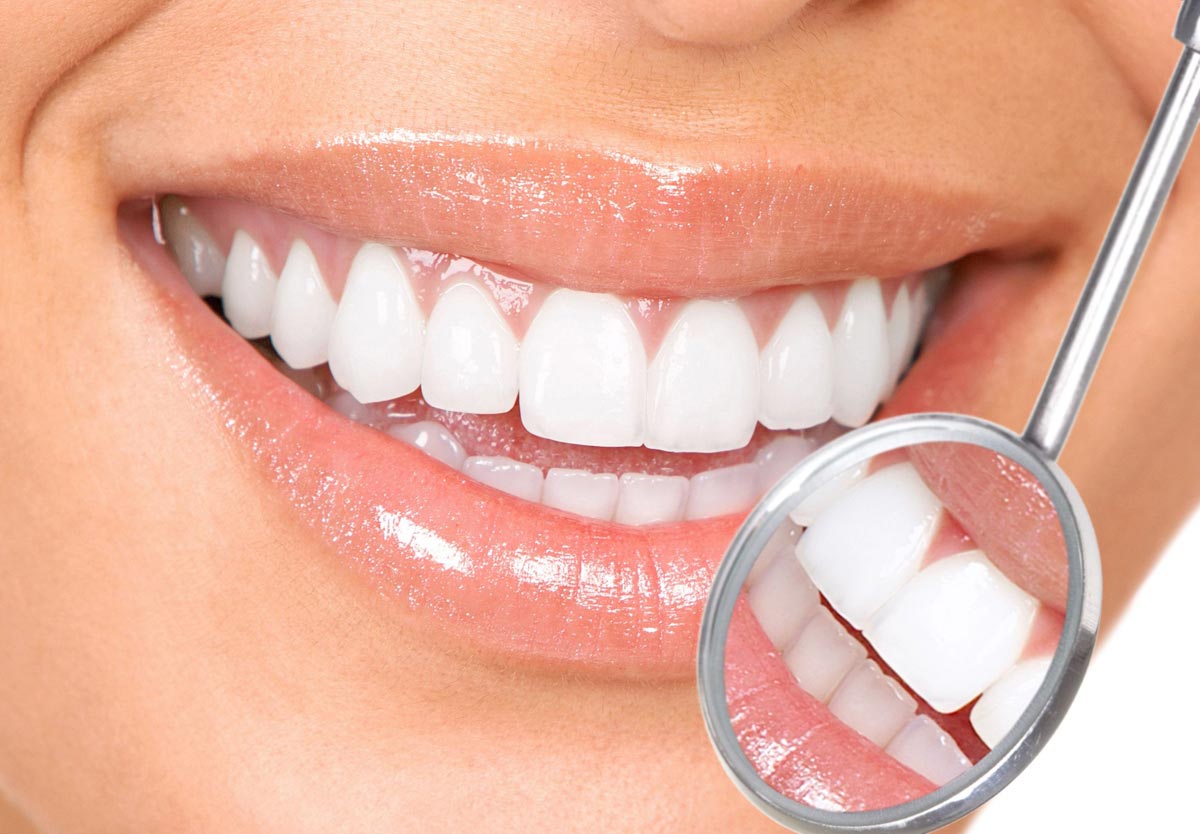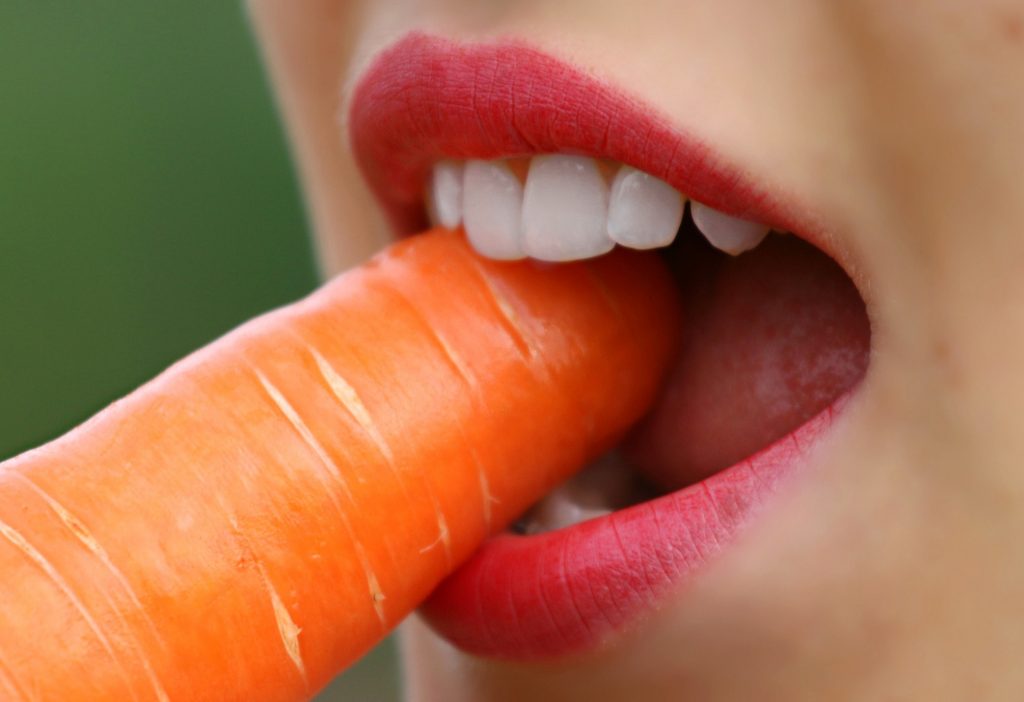If you’re someone who wants to floss their chompers correctly, you’re not alone. There are certain steps that you need to take in order to floss this correctly. In this, we’ll go over the exact steps necessary for you to floss your teeth well, and different ways for you to properly floss them to benefit your oral health.
Why floss
Flossing is part of your oral care routine for the sole reason that it gets in between the teeth.
It was found in a study that if you floss your teeth and only do that, you’re less likely to get tooth decay than if you choose to only brush your teeth.
Simply put, flossing is great for your oral health needs, and it’s vital for ensuring that there isn’t any tooth decay or other problems.
Learning how to do it right is important, since it prevents further decay from occurring whenever it happens to you.
So, with that in mind, let’s go over the exact steps necessary to properly floss your teeth without issues.
How to Floss
The first thing that you need is floss that works for you. You can get any old floss, or flavored floss if that’s something that you like.
After that, take a strip that’s long enough to wrap along the middle finger a couple of times, and then, hold across with your other hand. Cut that using the box for ease of access.
Now that you have that, take a small section about an inch, and hold it between your pointer and thumb on each hand. Have the excess on each side wrapped around your pointer finger on the left, and the index finger on the right, or vice versa if you’re left handed.
After that, you want to move to the very back of your mouth. Take a strip of this, and from there, you want to gently push it down so that it's between the teeth, right at the gumline. From here, you want to clean it with the floss, like how you might with a toothpick. After that, pull it up, or if the gap is too tight, just pull it through, letting go with the right hand.
After that, you take the area that you used to clean between those teeth and hold it on the right. Thread out more with your left hand, and from there, you want to repeat this process.
Continue with this until you have it done on all of the teeth. You may need more floss if you find that the piece is too small the first time. It takes a little bit to get this perfected, but once you do, you’ll be glad that you did.
After that, you take the floss and toss it in the nearest wastebasket, and then, when it’s time for a new flossing session, you just get some new floss, and then continue.
Some people do better with those plackers types of flossers, or with a water flosser. But good old-fashioned floss is the way for you to go, as it allows you a chance to properly get the oral care that you need, and fight off tooth decay immediately! Now that you know this, try flossing today, and see for yourself the difference that it makes, now that you know how to floss correctly, and are able to take care of your teeth. You’ll find that your dentist is happy, and you’re happy too with the difference that this makes for your teeth, and your oral health right now for you.




